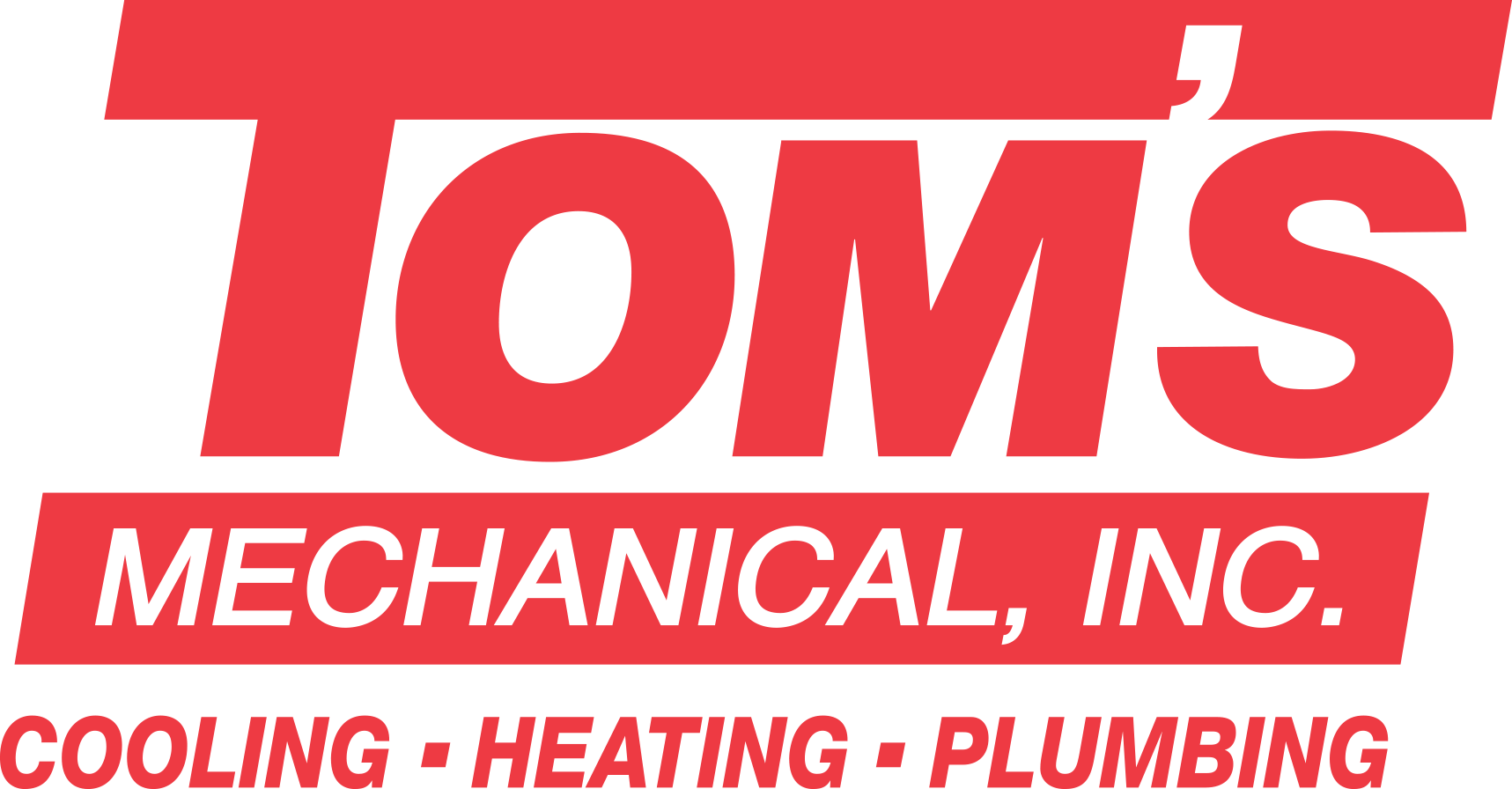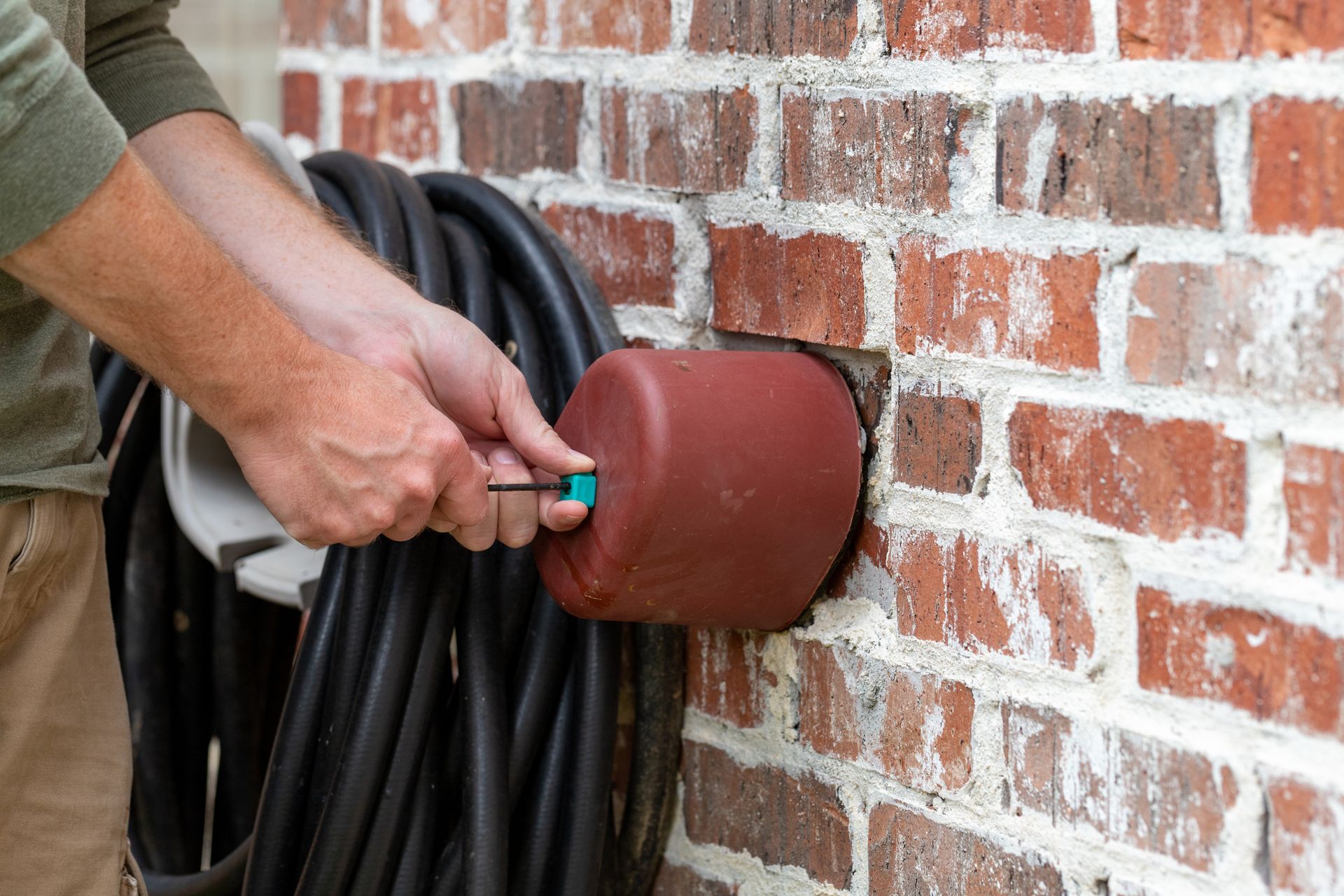Serving Residents of Tarrant County for Over 60 Years
Call the On-Time, Honest HVAC Experts | Available 24/7 for Emergency Services
Which Tools Will a Qualified HVAC Technician Use?

When it comes to maintaining, repairing and installing HVAC systems, having the right tools is essential for a technician. A qualified HVAC technician needs a comprehensive toolkit to make sure they can handle a wide range of tasks efficiently and effectively.
Whether performing routine maintenance, diagnosing issues or installing new equipment, these tools are critical for delivering top-notch service.
Must-Have HVAC Tools for Maintenance Technicians
Basic Hand Tools
- Screwdrivers: A set of screwdrivers, including flathead and Phillips head, is fundamental for any technician. They are used for removing and installing panels, covers and various components.
- Wrenches and Pliers: Adjustable wrenches, combination wrenches and various pliers (needle-nose, slip-joint and channel-lock) are necessary for tightening and loosening nuts, bolts and fittings.
- Hammer: A basic claw hammer is useful for general tasks like driving nails, removing panels and other minor construction tasks.
- Tape Measure: Accurate measurements are key when it comes to installing new systems or replacing components. A reliable tape measure ensures precise sizing.
Electrical Tools
- Multimeter: A multimeter is indispensable for measuring voltage, current and resistance. It helps diagnose electrical issues within HVAC systems.
- Voltage Tester: A voltage tester is used to verify the presence of electrical power in circuits, preventing accidental shocks and making sure the system is safe to work on.
- Wire Strippers and Crimpers: These tools are great for cutting, stripping and crimping electrical wires and connectors.
Refrigeration Tools
- Manifold Gauge Set: This tool is important for measuring refrigerant pressure and checking the performance of the HVAC system. It helps diagnose issues with refrigerant levels and system pressure.
- Thermometer: A reliable thermometer is used to measure the temperature of air, refrigerant lines and other components, helping to diagnose performance issues.
- Refrigerant Scale: Accurate measurement of refrigerant levels is crucial for system performance and compliance with manufacturer recommendations. A refrigerant scale ensures proper charging and recovery.
Diagnostic Tools
- Leak Detector: Detecting refrigerant leaks is essential for maintaining system efficiency and environmental safety. An electronic leak detector can quickly identify leaks in an Arlington HVAC system.
- Combustion Analyzer: For HVAC units that involve combustion, like furnaces, a combustion analyzer can be used to measure the efficiency of the burn and detects the presence of harmful gases such as carbon monoxide.
Specialized HVAC Tools
- Tube Cutter: A tube cutter is used to cut copper and other metal tubing cleanly and accurately, which is necessary for installing and repairing refrigerant lines.
- Flaring and Swaging Tools: These tools are used to shape the ends of tubes for secure fittings and leak-free connections in refrigerant lines.
- Vacuum Pump: A vacuum pump removes air and moisture from refrigerant lines before charging the system with refrigerant. Ensuring lines are clear of everything but refrigerant is vital for maintaining optimal system performance and longevity.
- Nitrogen Regulator and Tank: These devices are used to purge and pressurize refrigerant lines. This step is important for maintaining HVAC system cleanliness and preventing contamination in the system.
Safety Equipment
- Safety Glasses and Gloves: Technicians working with tools and potentially dangerous equipment must always protect their eyes and hands. Safety glasses and gloves help prevent injuries from flying debris and sharp edges.
- Ear Protection: In environments with high noise levels, such as when using power tools, ear protection helps prevent hearing damage.
- Respirator: A respirator protects a technician’s lungs when they are working with potentially harmful substances like refrigerants. It also protects them from common environmental hazards, like asbestos in old buildings, mold and dust. These devices are especially important when an HVAC technician is working in a confined space.
Other Useful Tools
There are several additional tools that significantly enhance the efficiency and effectiveness of an air conditioner repair technician while they are on the job. A caulking gun is invaluable for sealing joints and seams in ductwork or weatherproofing exterior wall penetrations around vents, pipes or exhaust fans. Proper lighting is also important, especially in dark or dimly lit areas. A reliable flashlight or headlamp is a must-have HVAC tool, enabling technicians to see clearly and work safely.
A well-equipped home service van or truck will often have slide-out or foldable work surfaces to provide a stable and convenient workspace for performing repairs and assembling or inspecting components, promoting efficiency and organization while responding to service calls. These tools not only streamline operations but also contribute to maintaining high standards of workmanship in HVAC maintenance and installation.
Our HVAC Maintenance Technicians Possess All the Must-Have HVAC Tools to Ensure They Can Get the Job Done as Soon as Possible
Equipped with the right tools, a qualified residential HVAC technician, like those employed by Tom’s Mechanical Inc. in Arlington, can efficiently and effectively perform a wide range of tasks. From routine maintenance to complex installations and repairs, our goal is to always have the necessary tools and parts on hand to tackle the vast majority of HVAC maintenance and repair jobs.
If an uncommon part or large piece of equipment is needed, our fully stocked warehouses are always just a short drive away, ensuring we have the flexibility and capability to minimize HVAC system downtime and get your home back to a comfortable temperature as soon as possible.
Contact us now at 817-277-4493 to schedule HVAC maintenance, repair or air conditioner replacement.
OTHER RECENT POSTS
REQUEST YOUR SERVICE WITH TOM'S MECHANICAL, INC.
For 24/7 emergencies, call us at (817) 277-4493 today!
Our Web Form Is Not For Emergencies
WE'RE A CUT ABOVE THE REST
Over 60 Years of HVAC Solutions
You Deserve To Be Comfortable In Your Own Home
Delivering the Highest Quality of Service
Serving Arlington, Southlake, Grapevine and Keller
Available 24/7 for Emergency Services
Quick Links



